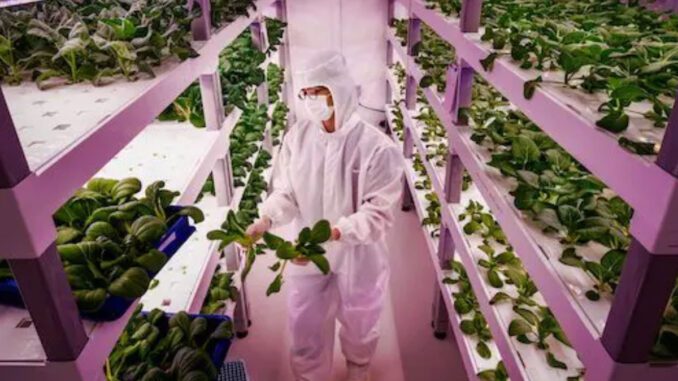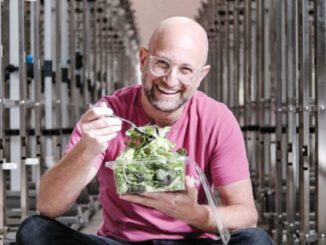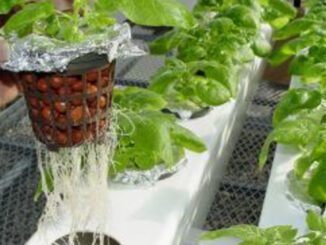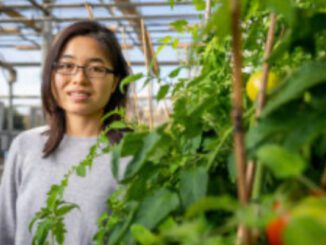
Power-Hungry Vertical Farms Can’t Solve Food Security: Grunwald
Grunwald Slams Vertical Farming | Christopher Bonasia |
Vertical farming may be gaining traction in Canada and the United States, but its heavy reliance on electricity is impeding the sector’s growth beyond salad greens and limiting its potential to tackle broader problems in the food system.
“The leafy greens produced by today’s indoor farms are high-margin, low-calorie luxury items that have about as much to do with feeding the world as the Rolls-Royce Boat Tail has to do with transporting the world,” writes award-winning American journalist Michael Grunwald for Canary Media.
U.S. Vice President Kamala Harris was correct when she said at an indoor farm visit in Virginia that the technology could help feed millions of people, Grunwald acknowledges.
The only snag is that agriculture needs to feed billions.
Vertical farming is seen by some as a solution for both the environmental costs of some farming strategies and for the threat of climate impacts to food production. On the one hand, growing crops indoors in a climate-controlled setting can produce food with high yields and lower inputs of fertilizer, water, and pesticides, and can do so year-round and in any region. At the same time, those crops can also be protected from outside climate impacts like droughts, floods, and extreme weather.
It would also reduce the threat of climate impacts to food production, like droughts, floods, and extreme weather.
This promise of a maximized, uncompromised yield secured Canada’s largest vertical farming company, GoodLeaf farms, $78 million in financing from CIBC and Farm Credit Canada to expand its facilities. The Canadian government is also looking to support the burgeoning industry with funding like the AgriInnovate program included in the Sustainable Agriculture Partnership.
But as a business model, vertical farming is in a turbulent space, Grunwald says. Production costs are exceedingly high, many vertical farms have folded, and venture funding for the sector plunged 91% over the last year.
And though vertical farms may be able to cut inputs like fertilizer and water, they still run up massive costs for infrastructure, heating, cooling, and light, says Fast Company.
“For now, at least, energy costs seem to be a dealbreaker,” writes Grunwald. Powering a single acre of vertical farming requires several times as much land worth of solar panels—a fact that also means that vertical farming still carries ahuge carbon footprint.
“Maybe renewable energy will eventually become so abundant and cheap that investors won’t care, but today’s vertical farms pay too much for power to pencil out,” he writes.
Many vertical farms start out producing lettuce and other small greens that sell for high value per unit with relatively low lighting requirements and short growing cycles. But indoor energy costs are a tougher barrier for crops like wheat and other field grains, which need more space for a longer time and will eventually sell for a much lower price per unit.
“Until someone figures out how to grow rice, maize, wheat, and other major crops indoors at a reasonable cost, indoor farming won’t make much of a difference,” writes Grunwald. Those staples are all much more foundational to global human diets.
“We were solving the lettuce problem, and I thought we might solve the strawberry problem,” Ted Caplow, co-founder of hydroponic lettuce producer BrightFarms, told Grunwald.
“But we were never going to solve the food problem.”
Original Article: https://www.theenergymix.com/2023/07/09/power-hungry-vertical-farms-cant-solve-food-security-grunwald/



